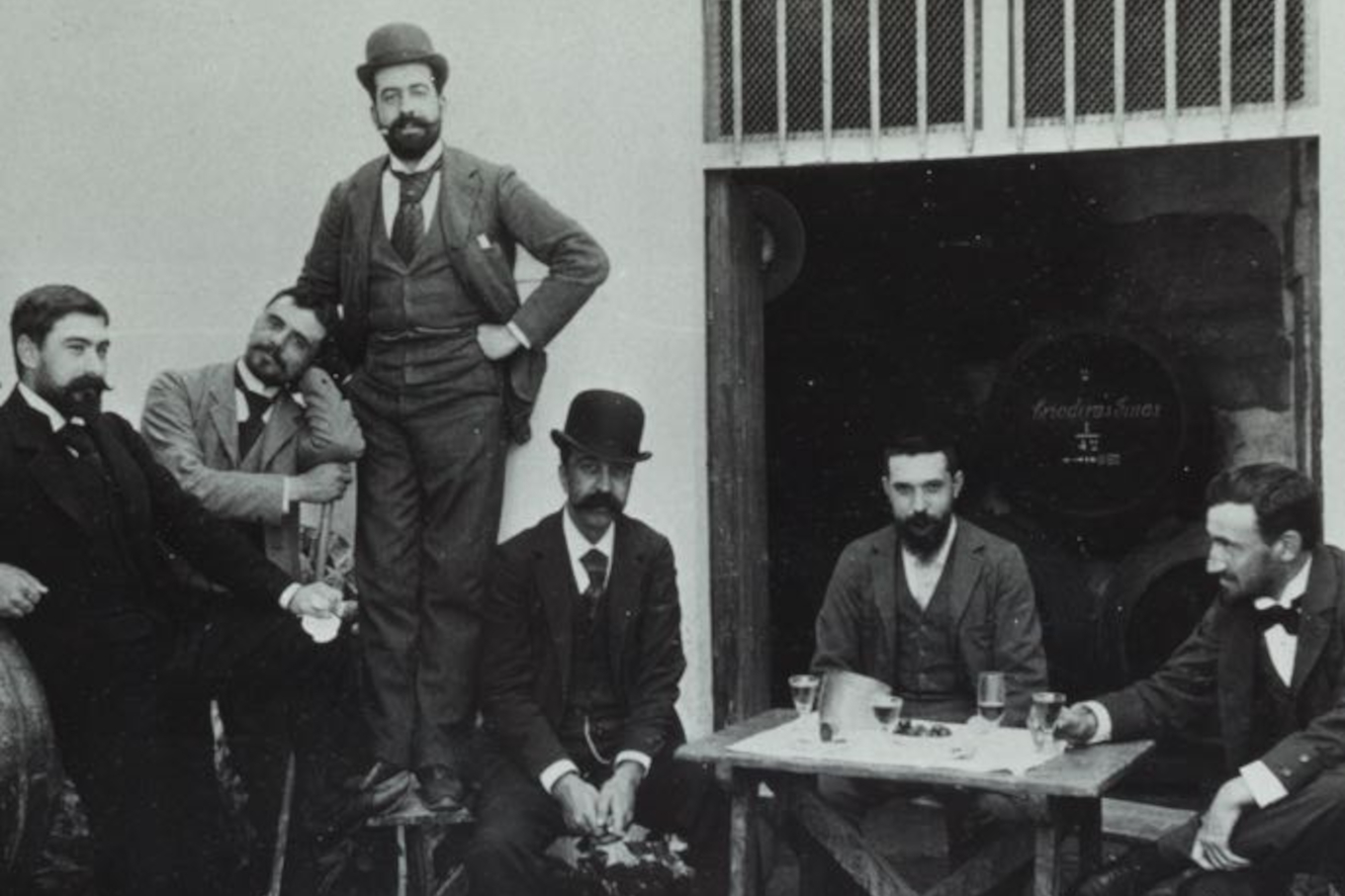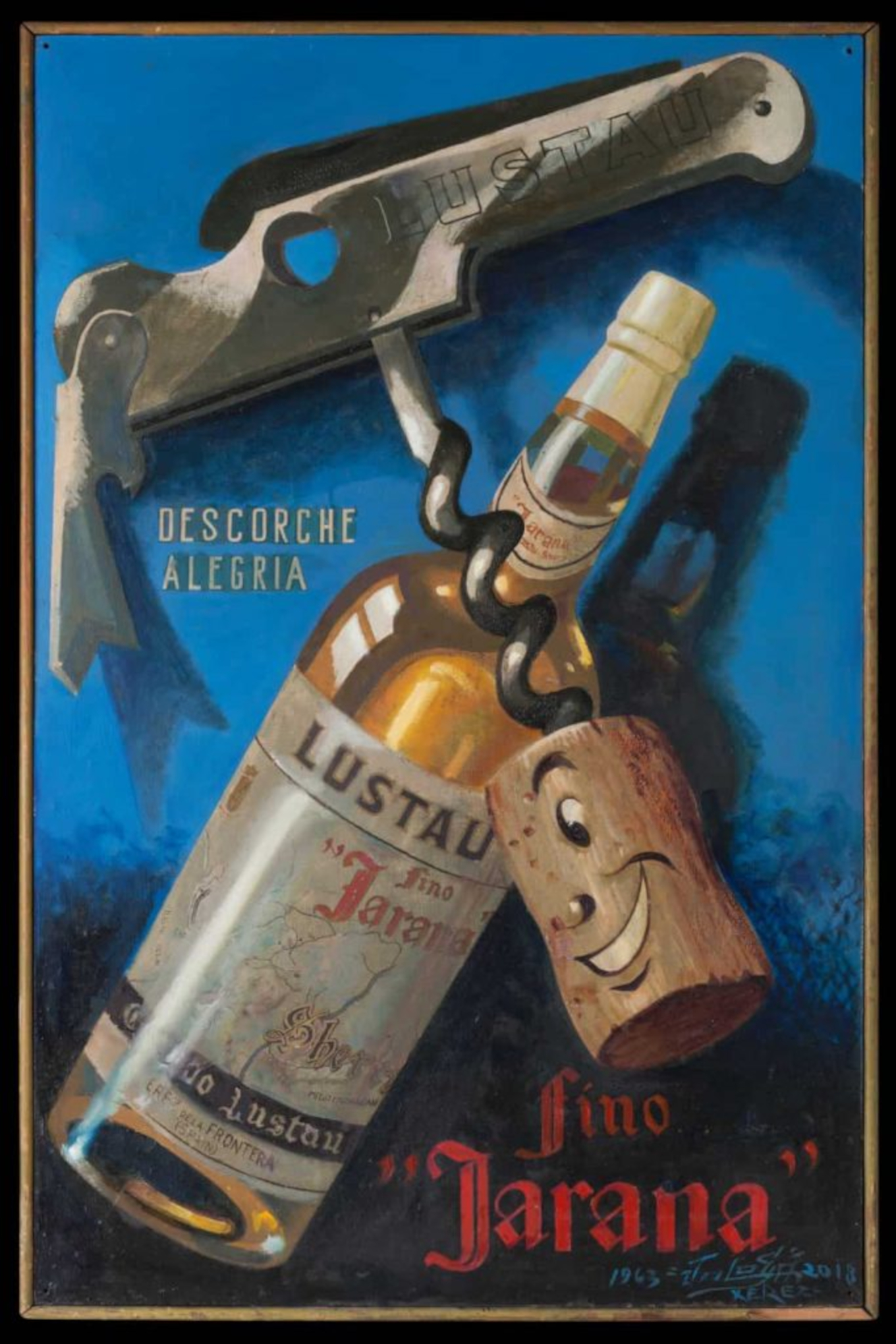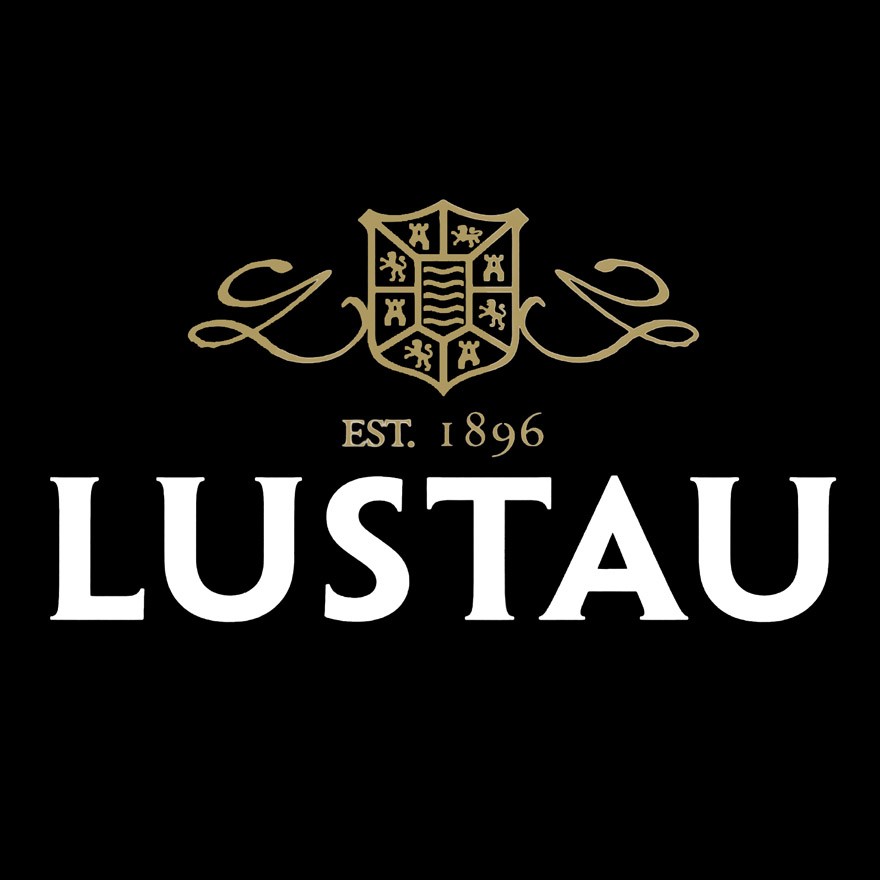Are you a Discerning Drinker?
Join thousands of like-minded professionals and cocktail enthusiasts, receive our weekly newsletters and see pages produced by our community for fellow Discerning Drinkers.


Lustau's history
Small sherry makers, known as "almacenistas" sell their wines (sherry is a fortified wine) locally and to larger international brand-owning shippers. Bodegas Lustau started as a small almacenista and has grown to be one of sherry's best-known and respected international brands.
Origins: The almacenista years
1896 – The origins of Lustau start with José Ruiz-Berdejo, a court clerk in sherry's capital, Jerez de la Frontera. He established himself as an almacenista when, in his spare time, he began growing vines at the family estate, Nuestra Señora de la Esperanza, and selling his maturing sherry to larger shippers.
1931 – His daughter, María Ruiz-Berdejo Alberti, purchased a small bodega closer to the centre of Jerez de la Frontera. The existing soleras (casks filled with maturing sherry) are transferred to this new location, a city centre bodega that raised Lustau's profile.
1940s – María's husband, Emilio Lustau Ortega, moves the bodega to a more prominent location in Jerez's historic Santiago district (within remnants of the Moorish walls) and slowly expands operations, although still as an almacenista.
1945 – Lustau stops acting solely as an almacenista and begins to bottle and market its own sherry brands (e.g., Papirusa, Jarana, Escuadrilla, Emperatriz Eugenia, Cinta de Oro).
1950 – The company started exports of its own bottled sherry.

Modernization & innovation
1980s During what's referred to as the Balao era, due to the vision of Mr Rafael Balao, the range was expanded and innovations were introduced.
1980 – The core Solera Familiar range is established.
1981 – The Almacenista range is established with bottlings that name and honour the small almacenista suppliers whose wines Lustau selects.
1988 – Lustau launches its proprietary dark bottle with sloping shoulders, now a visual hallmark that distinguishes Lustau from other sherries.
1989 – The Añada series of vintage sherries is established.
Ownership change & expansion
1990 – Lustau is merged into the Luis Caballero Group, a family-owned business that's famous for its Ponche Caballero. This provides Lustau with the capital required to continue its growth and further innovate.
2000 – Lustau acquires and restores six 19th-century "cathedral" cellars in central Jerez, and this becomes Lustau's principal bodega and ageing facility.
2000s – As well as Jerez de la Frontera, Lustau establishes production in El Puerto de Santa María and Sanlúcar de Barrameda through long-term partnerships, becoming the only sherry house to have a footprint in all three Sherry Triangle towns.
New styles & programs
2013 – The first of what becomes the annual En Rama spring release of minimally-filtered wines from each point of the Triangle: Fino de Jerez, Fino del Puerto, and Manzanilla de Sanlúcar. These releases highlight the nuances that ageing in the different locations with their unique climatic and geographic influences has on the ageing wines.
2015 - Lustau revived Jerez vermouth with the launch of its Vermut Rojo in late 2015. This is followed by the release of Vermut Blanco, Vermut Rosé, and Vermut Dry in 2023. All these vermouths are based on sherry wines (e.g., amontillado and Pedro Ximénez for Rojo).





